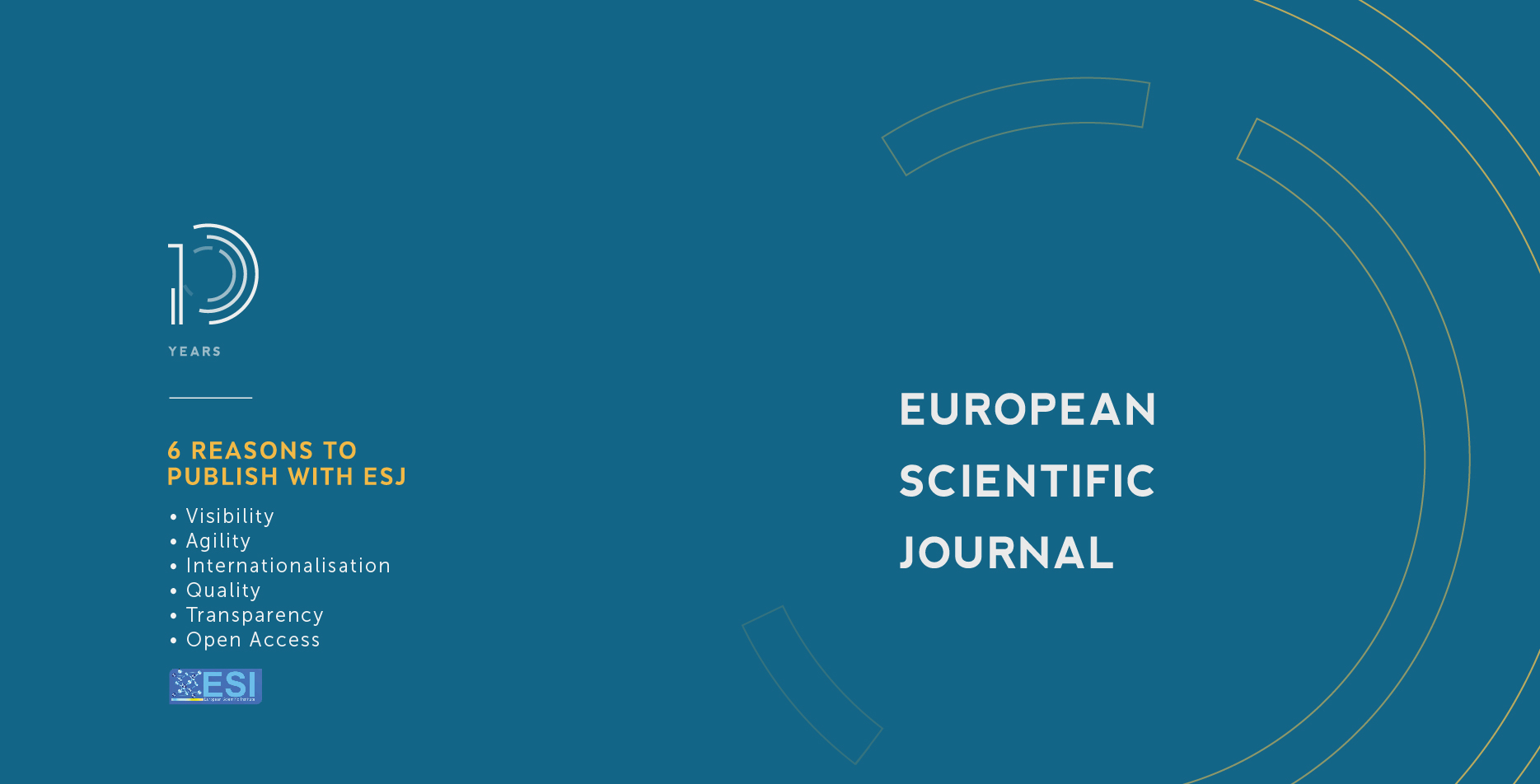Improvement Of Graves' Ophthalmopathy After Administration Of The Cyclooxygenase-2 Selective Inhibitor Celecoxib: A Case-Report
Abstract
Graves' ophthalmopathy (GO) is a disabling complication of GravesBasedow disease, which in severe cases can progress toward blindness. Its treatment consists of the administration of corticosteroids, radiotherapy, as well as surgical treatment. The present report brings to your attention a case of moderate GO found in a patient recently diagnosed with Graves' disease that was resistant to the administration of Prednisone, stabilized under treatment with Celecoxib. A 45-year-old Caucasian woman presented in an outpatient facility with the following complaints: gritty feeling in both eyes, tachycardia, insomnia, anxiety, sweating, and weight loss. After the clinical European Scientific Journal, ESJ ISSN: 1857-7881 (Print) e - ISSN 1857-7431 January 2021 edition Vol.17, No.3 www.eujournal.org 2 examination and laboratory investigations, the patient has been diagnosed with Graves-Basedow disease and Graves' ophthalmopathy. Consecutively, treatment with Methimazole for Graves' disease and corticotherapy for Graves' ophthalmopathy were initiated. Due to the lack of response to Prednisone, other treatment methods were used, namely, Celecoxib 100 mg treatment, twice per day for 8 weeks. Under treatment with Celecoxib, GO was stabilized and remained stable even after discontinuation, respectively at six months and one year after discontinuation. Celecoxib can be an alternative treatment for mild and moderate ophthalmopathy in newly diagnosed Graves’ disease.
Downloads
Metrics
PlumX Statistics
Copyright (c) 2021 Adriana Gherbon, Deiana Roman, Romulus Timar , Mirela Frandes, Marioara Nicula

This work is licensed under a Creative Commons Attribution-NonCommercial-NoDerivatives 4.0 International License.








